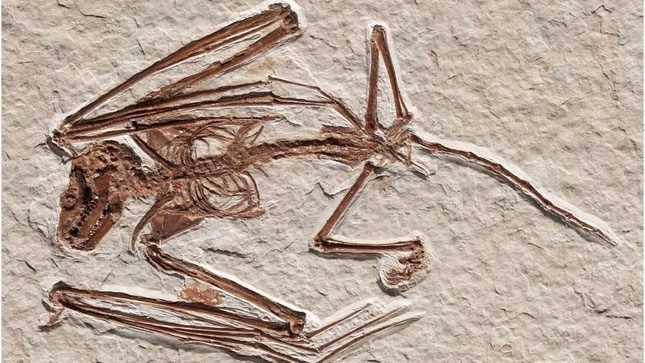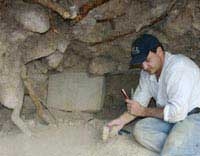The bat skeleton excavated from the Green River Formation in Wyoming, USA, is the oldest skeleton ever recorded and belongs to a newly discovered species, Icaronycteris gunnelli. This new finding brings us closer to uncovering the ancestors of bats.
Researchers revealed that two beautifully preserved 52-million-year-old bat skeletons found in Wyoming are the oldest ever discovered, belonging to a species never seen before.

Beautifully preserved 52-million-year-old bat skeleton.
The newly discovered species is slightly smaller than its closest known relative, Icaronycteris index, and could easily fit in a human hand with its wings folded.
The lead author, Tim Rietbergen, a paleontologist and curator of the bat collection at the Naturalis Biodiversity Center in Leiden, Netherlands, stated, “When I first saw the skeleton, I immediately noticed it was different. Because they were found lower in the sediment layers compared to other fossil bats, they represent the oldest skeletons.”
Bats first evolved during the Eocene epoch (56 million to 36 million years ago). Until now, the oldest recorded bat skeleton was the fossil remains of I. index, over 50 million years old, and another primitive species named Onychonycteris finneyi, both described by paleontologists from the Green River Formation sediments.
Rietbergen mentioned, “The Green River Formation is one of the sites where we find the best-preserved skeletons.”
The new discoveries, described in a study published on April 12 in the journal PLOS One, have triggered a reorganization in the classification of primitive bat species to include the newly discovered species.
The newly discovered bat skeleton belongs to a previously unseen species of Icaronycteris, named I. gunnelli after the late bat biologist Greg Gunnell.
Detailed scans of the fossil show that I. gunnelli weighed less than 28.9 grams, comparable to the body mass of I. index.





















































